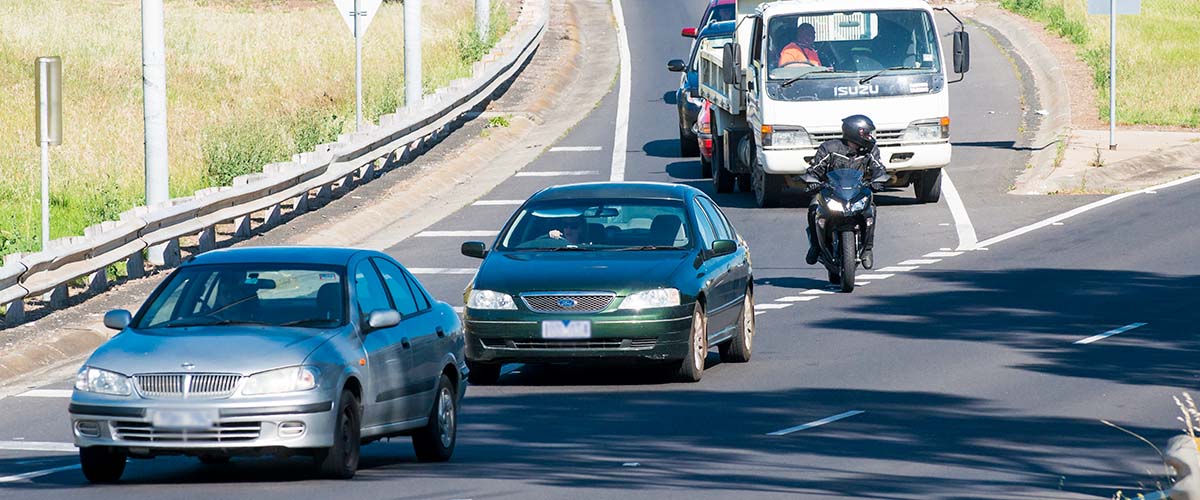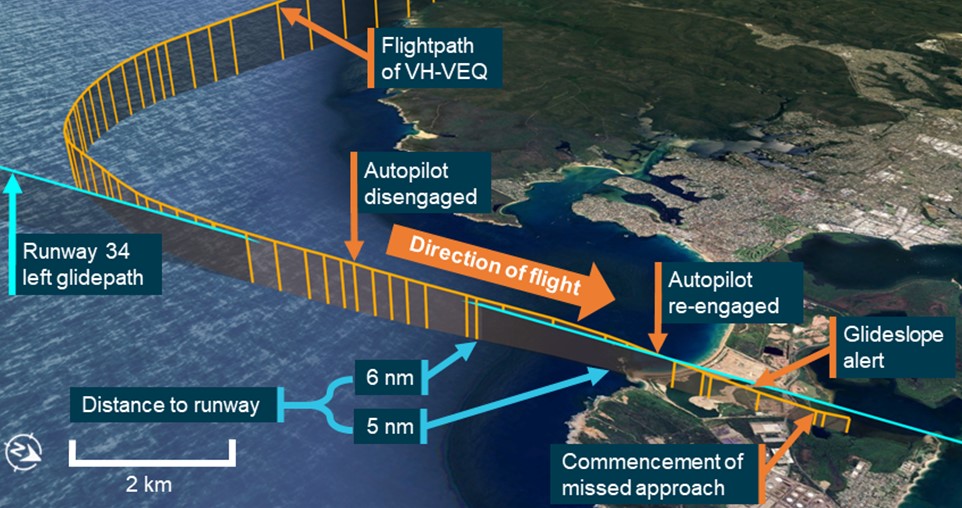Restricting movement between cities is the most effective way to slow the spread of infectious diseases such as COVID-19, a new study by epidemiology experts from Australia and New Zealand has found.
Researchers from La Trobe University in Melbourne, Te Kunenga ki Pūrehuroa Massey University and Waipapa Taumata Rau, University of Auckland in New Zealand, studied the dynamics of infectious disease transmission in an interconnected world for their paper, High connectivity and human movement limits the impact of travel time on infectious disease transmission.
The study, published in The Journal of the Royal Society Interface, underscores the difficulty of controlling an emerging infection in highly connected communities.
The researchers used real-world data focused on the spread of SARS-COV-2 during the COVID-19 pandemic, with the aim of better understanding how such a disease spreads from person to person in a highly connected global environment. Before vaccination, interventions would often rely on changes in human mobility to curb or eliminate the viral spread of disease.
The research team used a population model based on human movement data from 340 cities in China. This model effectively replicates the early trajectory of COVID-19 cases, providing valuable insights into the spread of the virus.
Algorithms were used to identify properties influencing the spread between cities. The findings showed that travel time between cities, calculated using the maximum allowed speed for a particular road and distances between through road networks, was the most crucial factor, followed closely by the numbers of people moving between cities.
The findings revealed that minor restrictions in movement aren’t enough to significantly impact spread between cities, and only substantial reductions in human movement between cities can significantly slow infection spread times.
The authors found these insights offer a nuanced understanding of how infectious diseases spread in a globally connected world and can help to guide future public health interventions and policy decisions.
Lead Investigator Dr Reju John from Waipapa Taumata Rau, University of Auckland, says the research provides a sophisticated understanding of the relationship between human movement, connectivity and travel time in the context of infectious disease transmission.
“These insights are vital for developing effective strategies to manage and mitigate the impact of pandemics on a global scale,” he adds.
Massey’s Percival Carmine Chair in Epidemiology and Public Health, Professor David Hayman, says the research contributes to the ongoing discourse surrounding infectious diseases.
“It also lays the groundwork for more effective and targeted interventions, emphasising the need for nuanced epidemiological models that incorporate mobility dynamics,” Professor Hayman said.
Senior Investigator from La Trobe University, Associate Professor Joel Miller, says the collaborative effort marks a significant advancement in our collective understanding of infectious disease transmission in our interconnected world.
“This work underscores the difficulty of controlling an emerging infection in highly connected communities,” Associate professor Miller said.
“Unfortunately, minor reductions in travel are not effective: a pathogen will quickly find alternative routes between communities.”
The research was funded by Massey alumni Bryce and Anne Carmine, including through their support of Professor Hayman as the Percival Carmine Chair in Epidemiology and Public Health. Another piece of research resulting from this funding looked at the transmission of SARS-like coronaviruses from wildlife to humans.
Read the full research article, High connectivity and human movement limits the impact of travel time on infectious disease transmission, here.
DOI: https://doi.org/10.1098/rsif.2023.0425








